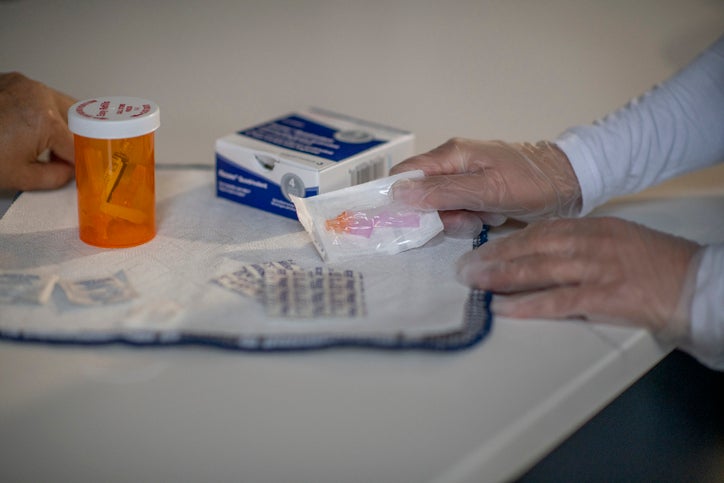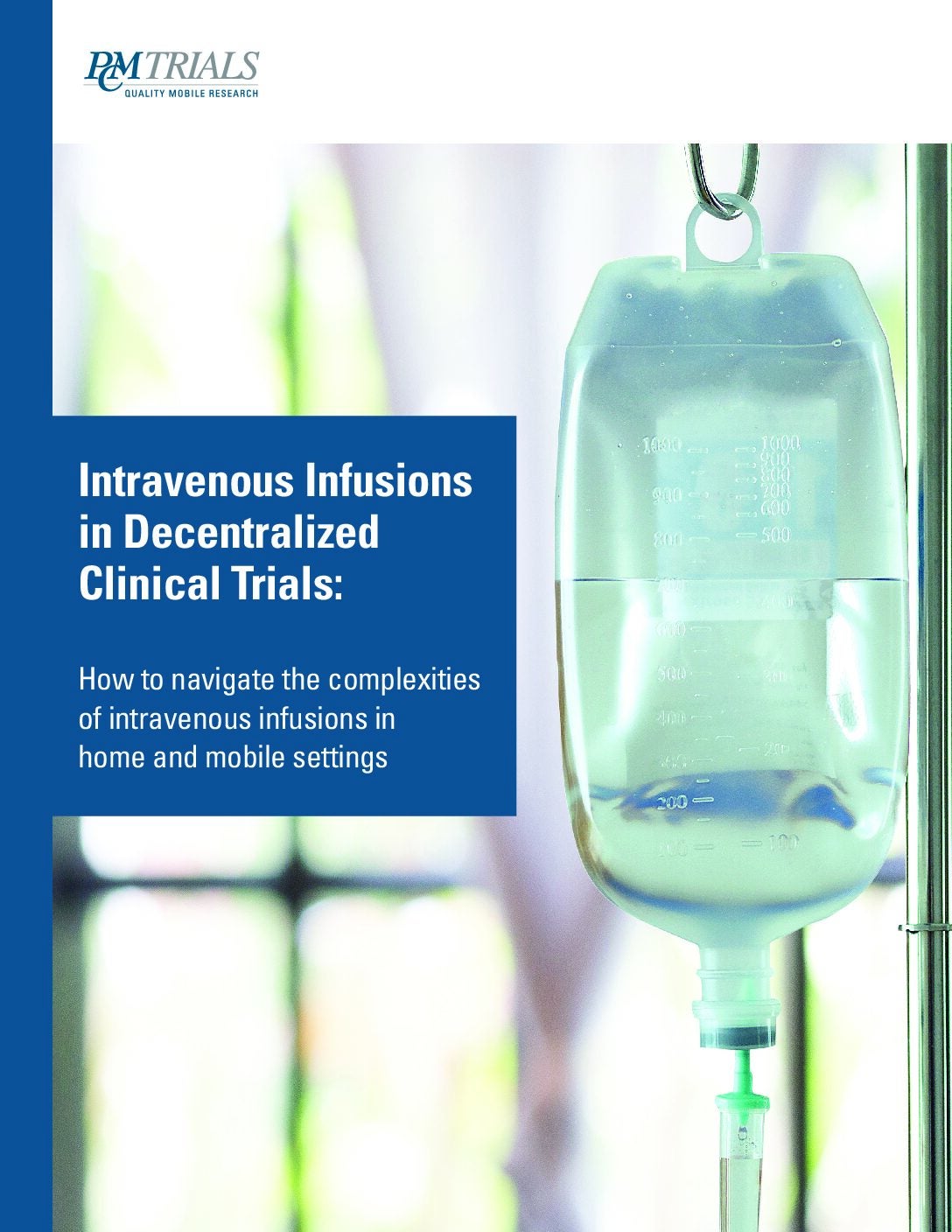
Drug shortages have been in the news for several years, but they worsened during the Covid-19 pandemic, and several pharmacy, regulatory, and physician organisations, in the US and Europe, have recently issued alerts in response.
In May, the American Cancer Society declared that chemotherapy drugs were among the top-five drug classes affected by shortages, and numerous oncology medications are currently in short supply according to data from the US Food and Drug Administration (FDA).

US Tariffs are shifting - will you react or anticipate?
Don’t let policy changes catch you off guard. Stay proactive with real-time data and expert analysis.
By GlobalData“The shortages of oncology drugs are primarily in the generic drug market,” says Dr. Kevin Shulman, a professor of medicine and clinical hospitalist at the Clinical Excellence Research Center at Stanford University. There is no financial incentive for big pharma to manufacture older generic medications that are critical to the treatment of several common cancers and very few companies invest in doing so, says Dr. Kristen Rice, medical oncologist with a practice in San Diego, California.
“We have consolidated drug purchasing in the US to drive down acquisition prices of these already low-cost medications. Unfortunately, this market functions based solely on price, not product quality or supply chain quality.”
This has led to drug shortages when the price is reduced, as it drives suppliers out of the market. He adds that by not having a robust and diverse supply chain, the US is extremely vulnerable to manufacturing quality issues when it comes to the remaining suppliers in the system.
“We need the market to trade-off price and quality, and we need health systems to change their procurement models to emphasise product and supply chain quality,” he explains. Rice, who has hands-on experience dealing with this current shortages, agrees with Shulman and adds that the regulatory framework lacks the ability to ensure that critical medications are produced in quantities sufficient to meet the needs of the US population.
‘None of the expensive new cancer drugs are in shortage’
While clinicians are used to dealing with shortages, these have gotten particularly difficult in recent times. Rice describes the recent experience of trying to access the chemotherapy drug “capecitabine, a generic version of Roche’s Xeloda. “They were going to charge us over $12,000 for a cycle [of chemotherapy] that would have cost a few hundred dollars before the shortage. None of the expensive new drugs are in shortage.” Rice says these shortages are happening because American drug manufacturers are allowed to manipulate the supply of critical medications to drive up demand and create panic.
The most critical shortages are of cisplatin and carboplatin, which are among the most effective cytotoxic medications available and are central to most chemotherapy regimens. Cisplatin, for example, is in short supply because of a quality control problem that resulted in a shutdown at one of the few companies that produces cisplatin, explains Rice. “There are numerous other shortages; the looming shortage on 5-fluorouracil (5FU) is particularly concerning because there is also a shortage on capecitabine, which is our usual substitute when 5FU is short.”
Rice says her clinic has also been dealing with a reduced supply of generic nab-paclitaxel for months, but the branded version, Celgene’s Abraxane is still available at a higher cost. There are also shortages of docetaxel, doxorubicin, and dacarbazine.
Rationing drugs
Earlier this year, the American Society of Clinical Oncology (ASCO) issued new guidelines for physicians on how to respond to these shortages, specifically in relation to treating gastrointestinal cancers.
Because critical drugs are in short supply or simply not available, Rice says they have started “trimming doses” to spread the available supply across more patients. The clinic is prioritising patients who have curable cancers, which means those with stage-IV cancer may receive lower than recommended doses or have treatments delayed.
She adds that for many of these drugs, there are no suitable alternatives and for others the alternatives are also in short supply:
“In the case of cisplatin and carboplatin, they are interchangeable, which is why both are now in shortage, says Rice. While oxaliplatin can be substituted for cisplatin and carboplatin in some cases, it causes side effects like neuropathy which cisplatin and carboplatin don’t have. “For example, we have no data for the use of oxaliplatin in lung cancer, and if we combine it with paclitaxel, the patient could develop crippling neuropathy.”
While 5FU and oral capecitabine are interchangeable, they are both now in short supply, says Rice, and there is no substitute for doxorubicin or dacarbazine.
Most of these drugs are ‘first line’ treatments for cancer, meaning that they are the best available treatments, and the other options available are less likely to be effective.”
At Rice’s practice, staff has had to order essential drugs several weeks ahead and stockpile treatments in order to manage the situation. They are also reducing doses and delaying treatments to allow more time to try to acquire the necessary drugs. In some cases, they are having to send patients to other clinics that have more of the necessary drugs stockpiled.
Most of the drugs in shortage are ‘first line’ treatments for cancer, meaning that they are the best available treatments, and the other options available are less likely to be effective. “On the east coast in the US, many practices have stopped treating incurable patients altogether,” claims Rice.
Tough to implement solutions
Understandably, Rice and her fellow oncologists are frustrated about the current situation and are calling for a long-term solution. A white paper report in 2021 proposed six key actions to mitigate ongoing drug shortages, which included reforming stock allocation strategies and introducing incentives for manufacturers, among others.
Still, shortages persist. Rice says that she and her colleagues struggle through a shortage but then when the crisis is averted (and patients are safe again) they focus back on the day-to-day because they don’t have the time and resources to consistently push for change.
“I don’t know why patients aren’t angrier about [the system]. The only explanation I can think of is that they don’t know. Nobody is making sure enough medication gets produced to treat everyone who needs it.”
“We are not going to accept this as the new normal and just move on. The current system is broken and needs to be fixed.”





